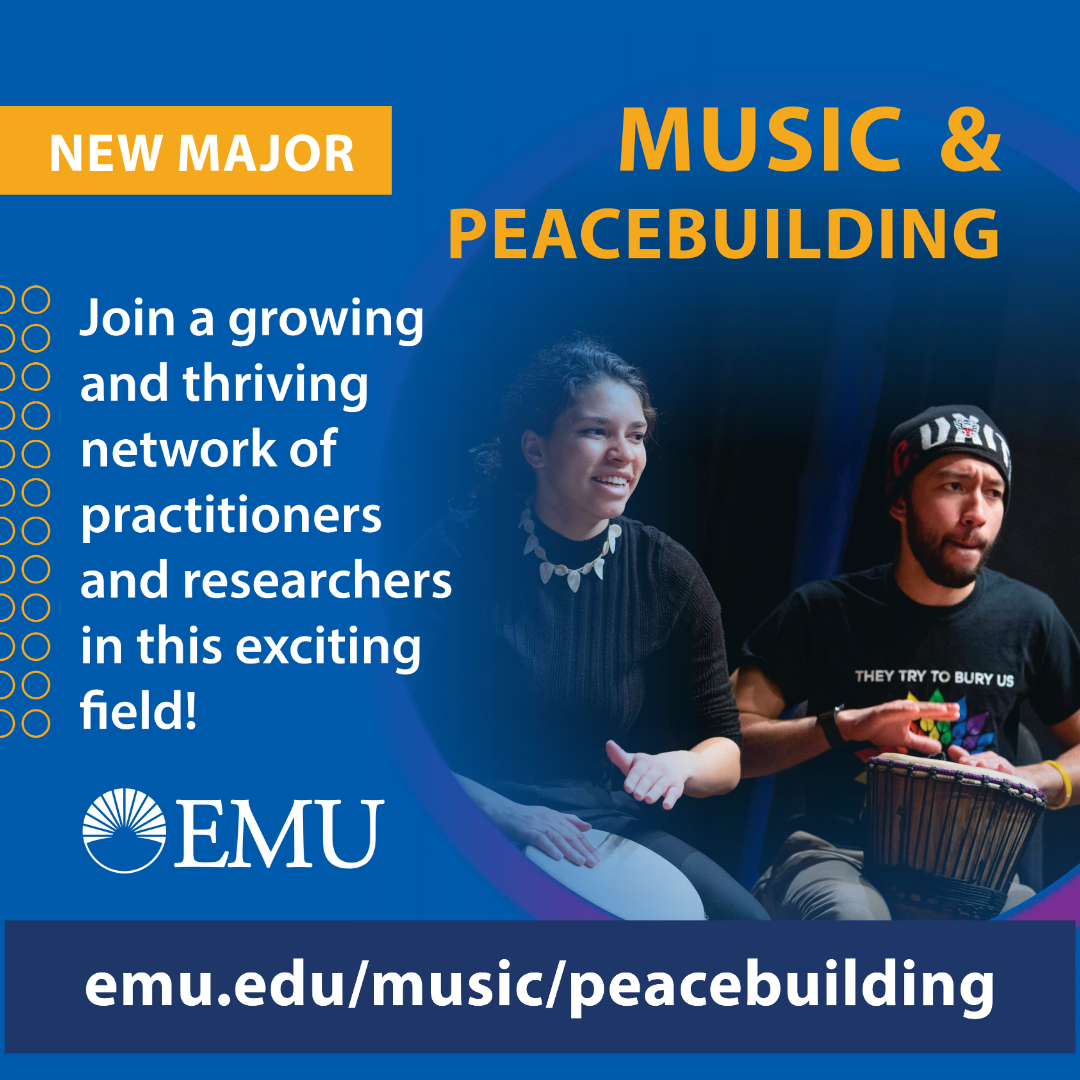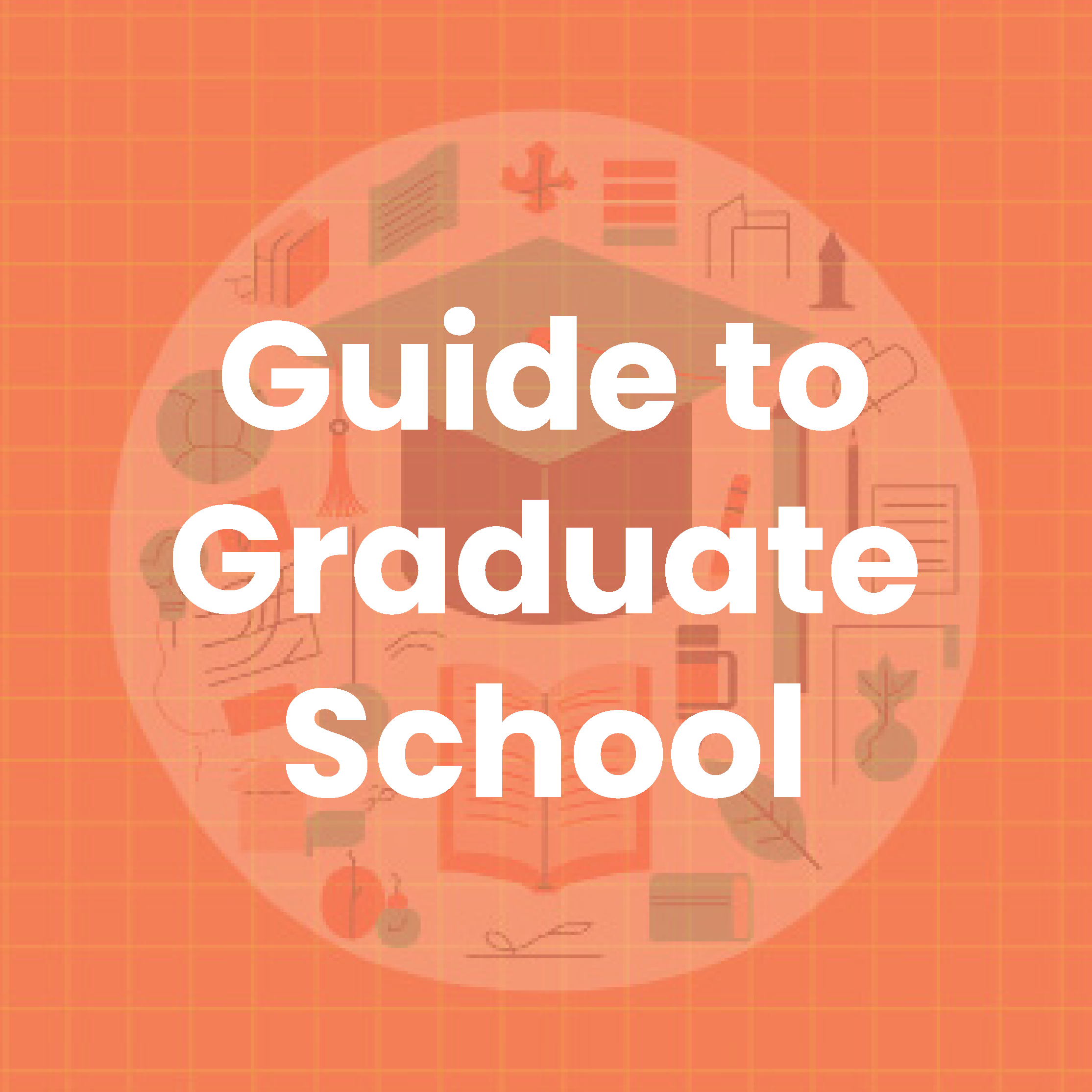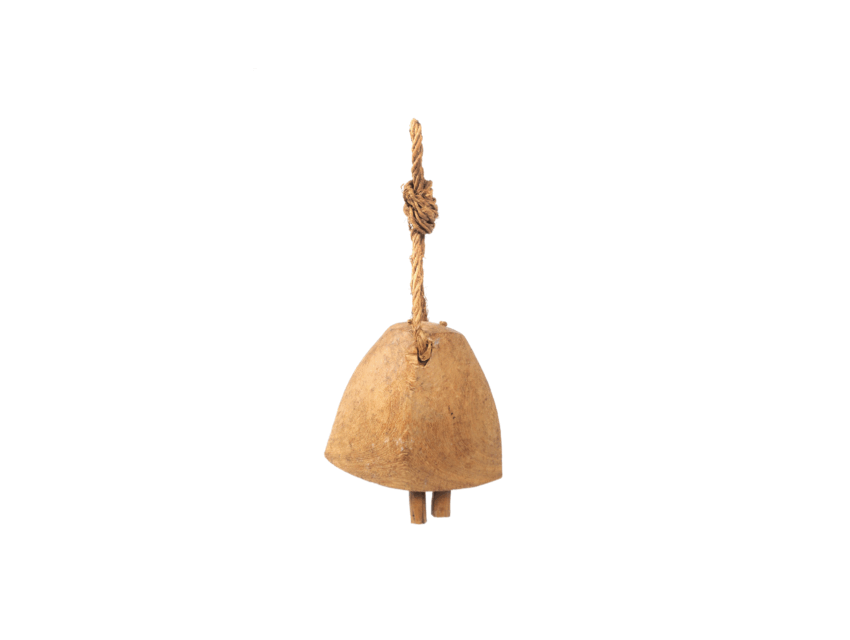
Camel Bells Calling
How one RPCV’s artifacts led to the creation of the Museum of the Peace Corps Experience
Among the items that Martin Kaplan brought home from his Peace Corps service in the Somali Republic (1962–64) was a koor, or camel bell. Wooden bells like this one were used to help locate camels as they transported people and goods through the bush.
Like the nearly quarter million other Volunteers that have served since Peace Corps began in 1961, Kaplan returned with crafts, clothing, artwork, and gifts from his host country. Many of these items are imbued not only with memories, but also cultural and historical significance. In 1999, Kaplan surveyed his boxes of memorabilia —including the camel bell—and became determined to create a space for these precious artifacts to be collected and shared.
Along with Bill Stein (Niger 1990–93) and Mike Renning (Niger 1995–98), Kaplan formed a committee based in Portland, Oregon, that would be the beginning of the Museum of the Peace Corps Experience.
It was slow going in the early years. Although everyone Kaplan spoke with thought the museum would play a crucial role in preserving the Peace Corps’ legacy, the committee ran into challenges with funding, volunteer retention, and cohesive strategic planning.
Undeterred, Kaplan worked tirelessly to generate interest and promote the museum. He housed initial donations in his own basement, and he was the first sustaining donor. Without a physical space, Kaplan focused on partnering with the Oregon Historical Society and local universities to create special exhibits.
Help arrived when volunteers Nicola Dino (Ecuador 1994–97) and Pat Wand (Colombia 1963–65) expanded the museum’s reach to the Washington, D.C. area.
Today, the Museum of the Peace Corps Experience has a collection of more than 800 objects, a full-time executive director, storage facilities in both Portland, Oregon, and Washington, D.C., and multiple temporary exhibits planned for 2025. The museum has collected and published over 100 personal narratives, and more than 50 volunteers donate their time and effort each month to keep things running.
This success has brought the museum closer to its dream of having a permanent exhibition space to house the collection, a virtual presence to make these unique experiences accessible to all, and programming to promote peace education and cross-cultural learning. Scan the QR code below to sign up for updates, learn about upcoming exhibitions, or donate an object to the collection.
To donate an item or share a story, go to museumofthepeacecorpsexperience.org, click on “Objects” or “Stories,” and follow the directions for submission.
Related Articles
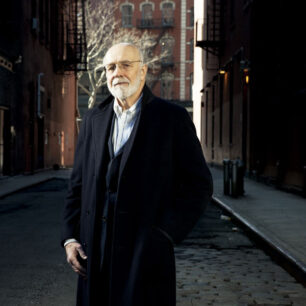
Made in America
Charlie Clifford (Peru 1967–69) is the founder of Tumi Inc., a global travel luggage brand, as well as Roam Luggage.…
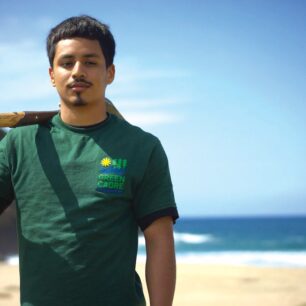
“Bigger Than Peace Corps”
California Service Corps is the largest state-based service program in the U.S. , with more than 10,000 volunteers across the…
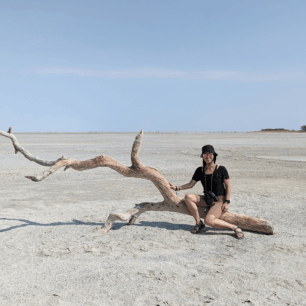
Signal Boost
The digital world is awash in voices seeking monetary reward or improved social status, as the online acronym goes, IRL…
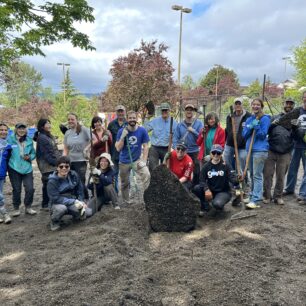
Garden of Refuge
As part of our commitment to continued service, the Seattle Peace Corps Association (SEAPAX) is partnering with World Relief Western…


